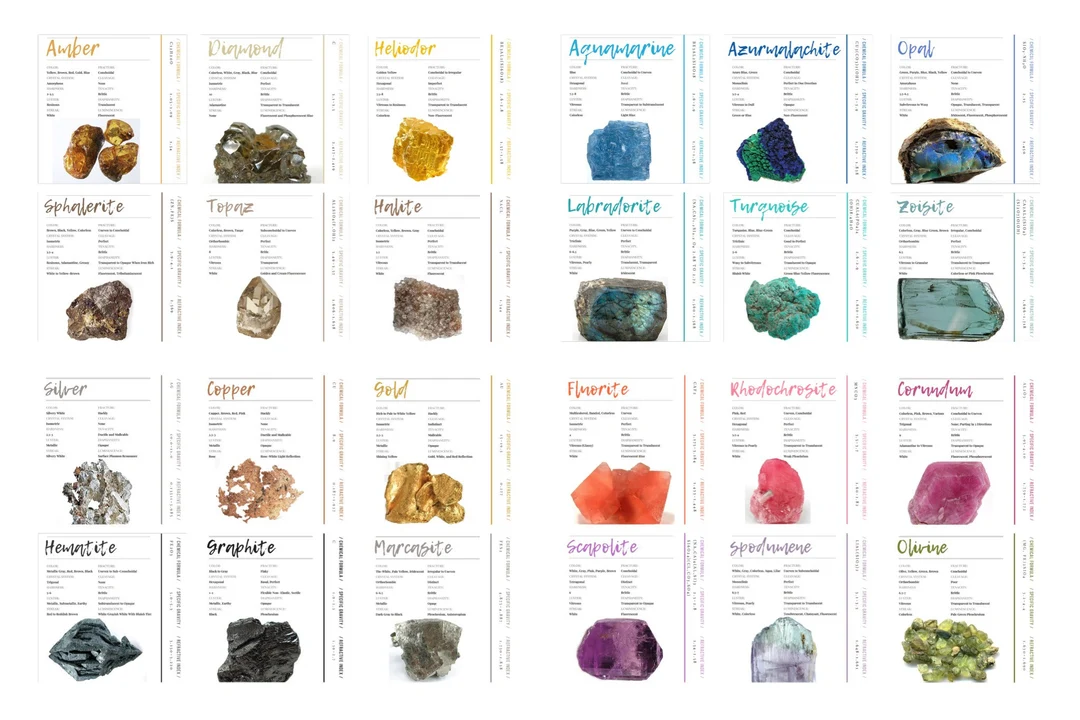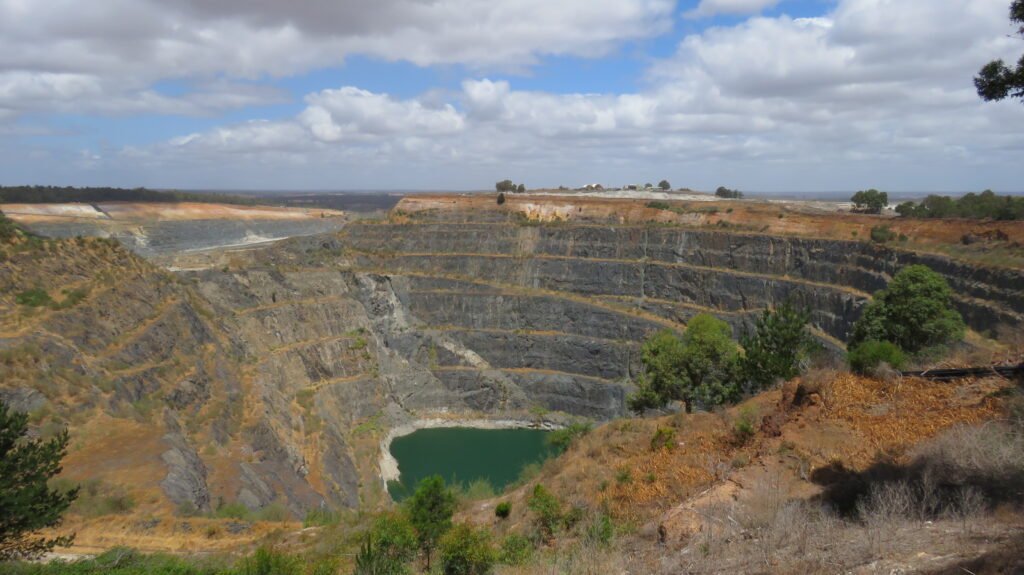Industrial Minerals and Rocks

Industrial minerals and rocks are essential raw materials that form the backbone of modern economies. From construction to agriculture, manufacturing to environmental management, these naturally occurring substances are indispensable.
In this post, we’ll explore the most important industrial minerals and rocks , their global markets , and how they’re used across industries.
What Are Industrial Minerals and Rocks?
Industrial minerals and rocks are non-metallic, inorganic materials mined for their physical and chemical properties rather than for metal extraction or energy production. These commodities are used in their natural or processed form to enhance products and support industrial processes.
They are often categorized by their function or application , and their value is tied closely to availability , purity , and processing capabilities .
Top Industrial Minerals and Rocks & Their Uses
| Limestone | Cement, construction, agriculture, flue gas desulfurization |
| Gypsum | Drywall, plaster, fertilizer, soil amendment |
| Silica Sand | Glass manufacturing, foundry molds, hydraulic fracturing |
| Calcium Carbonate | Paper, plastics, paints, pharmaceuticals, food additives |
| Talc | Cosmetics, ceramics, paint, paper, rubber |
| Kaolin (China Clay) | Ceramics, paper coating, paint, pharmaceuticals |
| Barite | Oil and gas drilling fluids, medical applications |
| Dolomite | Steelmaking, agriculture, glass, and ceramics |
| Bentonite | Drilling mud, foundry sand, pet litter, environmental remediation |
| Feldspar | Glass and ceramic manufacturing |
| Salt (Halite) | De-icing, food, chemical production |
| Phosphate Rock | Fertilizer production, animal feed supplements |
Key Markets and Global Demand
The global market for industrial minerals is vast and highly diversified, with demand driven by:
- Construction boom in Asia and Africa
- Agricultural expansion in South America and Sub-Saharan Africa
- Green technologies and environmental regulations
- Growth in consumer goods and electronics manufacturing
Some of the top producing countries include:
- China – Leading producer of talc, kaolin, and phosphate rock
- United States – Major producer of silica sand, limestone, and barite
- India – Large-scale production of limestone, gypsum, and dolomite
- Brazil – Known for phosphate rock and kaolin
- Germany & France – Key European producers of industrial clays and calcium carbonate
Industrial Minerals in Action
1. Construction Industry
Industrial minerals are foundational to modern infrastructure. Limestone is the primary ingredient in cement, while gypsum is essential for drywall and plaster.

2. Agriculture
Minerals like limestone, gypsum, and phosphate rock are used to improve soil pH, nutrient availability, and crop yield.

3. Manufacturing and Consumer Goods
Industrial minerals act as fillers, extenders, and performance enhancers in products like paper, paint, plastics, and cosmetics.

Economic and Environmental Considerations
While industrial minerals are critical for economic growth, their extraction and use come with environmental considerations:
- Land use and habitat disruption
- Water consumption and contamination
- Dust emissions during mining and processing
To address these issues, the industry is increasingly adopting sustainable mining practices , recycling initiatives , and eco-friendly alternatives — especially in the context of green construction and carbon-neutral manufacturing.
Final Thoughts
Industrial minerals and rocks may not always grab headlines, but they are essential to everyday life and global economic stability. From the roads we drive on to the smartphones we use, these commodities are quietly shaping the modern world.
Understanding their markets, uses, and sustainability challenges is key to ensuring responsible sourcing and long-term availability.
Frequently Asked Questions (FAQs)
Q1: What is the largest industrial mineral by volume?
A: Limestone is the most mined industrial mineral globally, due to its widespread use in construction and agriculture.
Q2: How are industrial minerals priced in the market?
A: Pricing depends on factors like purity , processing costs , transportation , and market demand . Some, like barite, are traded in bulk commodity markets.
Q3: Are industrial minerals affected by global trade policies?
A: Yes, tariffs, environmental regulations, and supply chain disruptions can significantly impact the global trade and pricing of industrial minerals.
Final Image Suggestion (Optional):
A world map with highlighted regions showing major producers and consumers of industrial minerals, paired with product icons.
Final Tip:
Stay updated on market trends and emerging applications by following industry reports from organizations like the U.S. Geological Survey (USGS), British Geological Survey (BGS), and leading mining associations.

